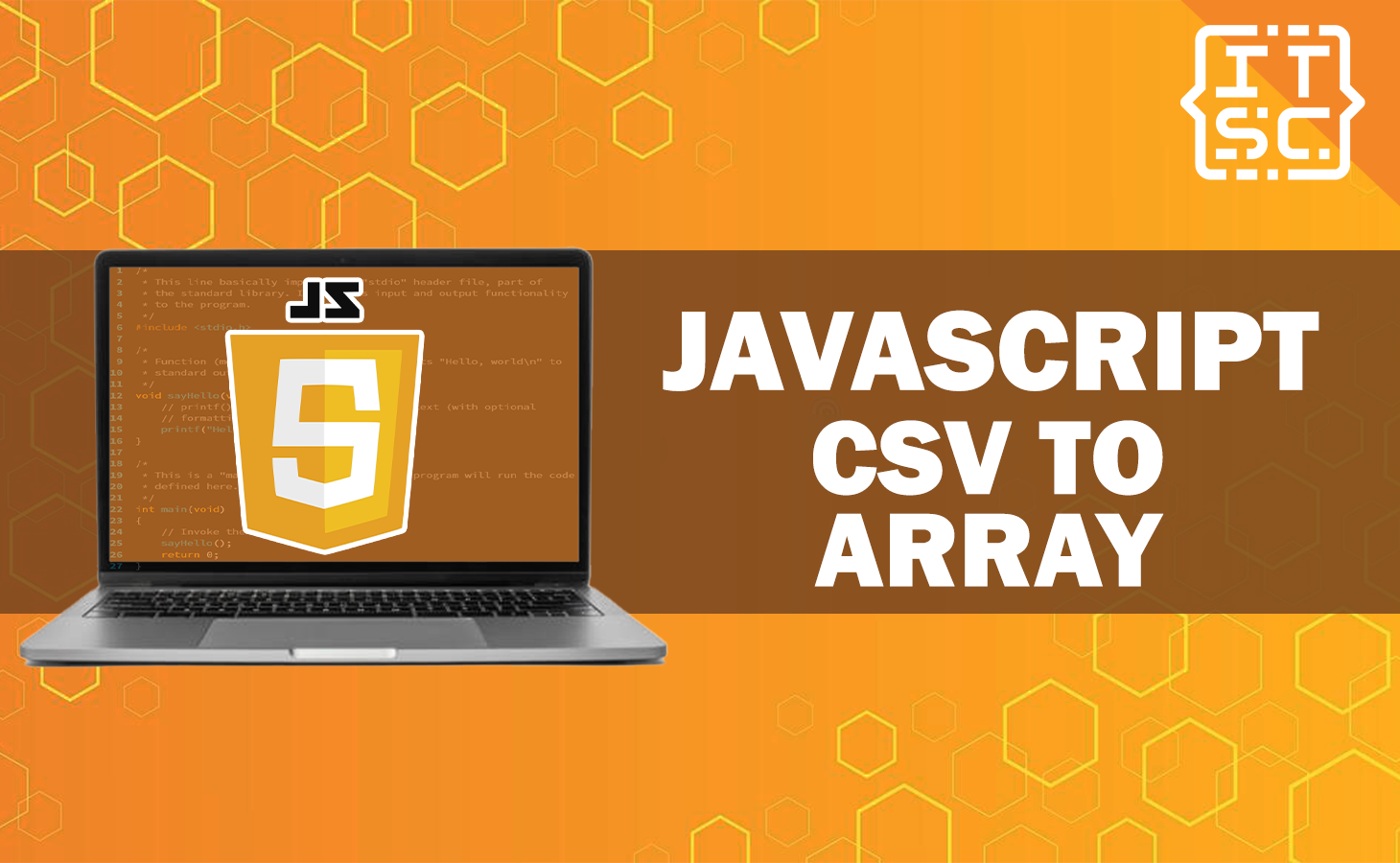Are you working with CSV files in JavaScript and looking for a way to efficiently process the data? Converting Javascript CSV to arrays is the key to unlocking the full potential of your data manipulation capabilities.
In this article, we will explore the significance of converting CSV to arrays, delve into various conversion methods, and provide you with a practical example program to get you started.
What is CSV?
CSV, short for Comma-Separated Values, is a popular file format used for storing tabular data.
It consists of plain text where each line represents a row, and the values within the row are separated by commas or other delimiters.
Additionally, CSV files are widely used in various domains, including data analysis, database management, and data exchange between different applications.
Why convert CSV to array?
Converting CSV data into arrays offers several advantages. Arrays are a fundamental data structure in JavaScript, providing a convenient way to store, access, and manipulate data.
By converting CSV to array, you can easily perform operations such as filtering, sorting, and transforming the data.
Arrays also enable seamless integration with JavaScript libraries and frameworks, making data processing more efficient and streamlined.
The Importance of Converting CSV to Array
When working with CSV files in JavaScript, converting them to arrays becomes essential. Arrays provide a structured and flexible way to manipulate and process data programmatically.
By converting CSV to an array, you can easily access and manipulate individual records and fields, perform calculations, filter data, and more.
JavaScript provides several methods and techniques to achieve this conversion efficiently, which we will explore in the subsequent sections.
Now here rare the methods you can try in converting CSV to arrays…
Method 1: Using Split() Method
One straightforward approach to converting CSV to an array in JavaScript is by utilizing the split() method.
The split() method allows us to split a string into an array of substrings based on a specified delimiter. In the case of CSV, the delimiter would be a comma.
const csvString = "Mark,Luke,24\nLuz,Minda,25\nMay,June,26";
const arrayData = csvString.split("\n").map(row => row.split(","));In the code snippet above, we first split the CSV string into individual rows using the newline character (\n). Then, we apply the split() method again on each row, this time using a comma (,) as the delimiter.
This results in a two-dimensional array, where each row represents a record and each element within the row represents a field.
Method 2: Utilizing Regular Expressions
For more complex CSV structures that may contain special characters or strings within quotes, leveraging regular expressions can provide a robust solution.
Regular expressions allow us to define patterns and perform advanced matching and manipulation operations.
const csvString = '"June,May",24\n"August,Julyie",325\n"Rain,Sun",32';
const arrayData = csvString.split(/\n(?=(?:(?:[^"]*"){2})*[^"]*$)/)
.map(row => row.split(/,(?=(?:(?:[^"]*"){2})*[^"]*$)/).map(field => field.replace(/"/g, "")));In the above example, we split the CSV string using a regular expression that considers the presence of quotes (“) and ignores commas within them.
This allows us to handle cases where commas exist within a field. Additionally, we remove the quotes from the fields using the replace() method.
Method 3: Leveraging External Libraries
While JavaScript provides native methods to convert CSV to an array, there are also external libraries available that offer more advanced features and robust CSV parsing capabilities.
These libraries can handle complex CSV structures, provide additional options for data manipulation, and improve performance in certain scenarios. Some popular libraries include Papa Parse, CSV Parser, and D3.js.
To use these libraries, you typically need to include them in your project by linking to their respective JavaScript files or installing them via package managers like npm or yarn.
Once integrated, you can leverage their APIs to parse CSV files and obtain arrays or objects representing the data.
Example Program: CSV to Array Conversion
Let’s put the methods into action by creating an example program that converts a CSV string into an array using JavaScript.
// CSV string
const csvString = "Name,Age,Country\nJames Bonz,23,USA\nAnne Smith,29,UK\nAdonis Clark,21,Canada";
// First Way Use split() method:
const arrayData1 = csvString.split("\n").map(row => row.split(","));
// Second way use regular expressions:
const arrayData2 = csvString.split(/\n(?=(?:(?:[^"]*"){2})*[^"]*$)/)
.map(row => row.split(/,(?=(?:(?:[^"]*"){2})*[^"]*$)/).map(field => field.replace(/"/g, "")));
console.log("First Way Use split() method:", arrayData1);
console.log("Second way use regular expressions:", arrayData2);In the example program above, we start with a CSV string representing the data.
We then apply both Method 1 (using split()) and Method 2 (using regular expressions) to convert the CSV string into arrays.
Finally, we log the results to the console for verification.
Anyway here are some of the functions you might want to learn and can help you:
- Toarray JavaScript: Simplifying Array Manipulation
- JavaScript AssertEquals Explained: Ensuring Equality in Testing
Conclusion
In conclusion, CSV (Comma-Separated Values) is a file format for storing tabular data. Converting CSV to arrays in JavaScript has advantages for data manipulation.
There are methods like split() and regular expressions for conversion. External libraries can also be used.
Overall, the content provides an introduction to CSV, explains the importance of converting CSV to arrays in JavaScript, describes different conversion methods, and provides an example program for reference.

